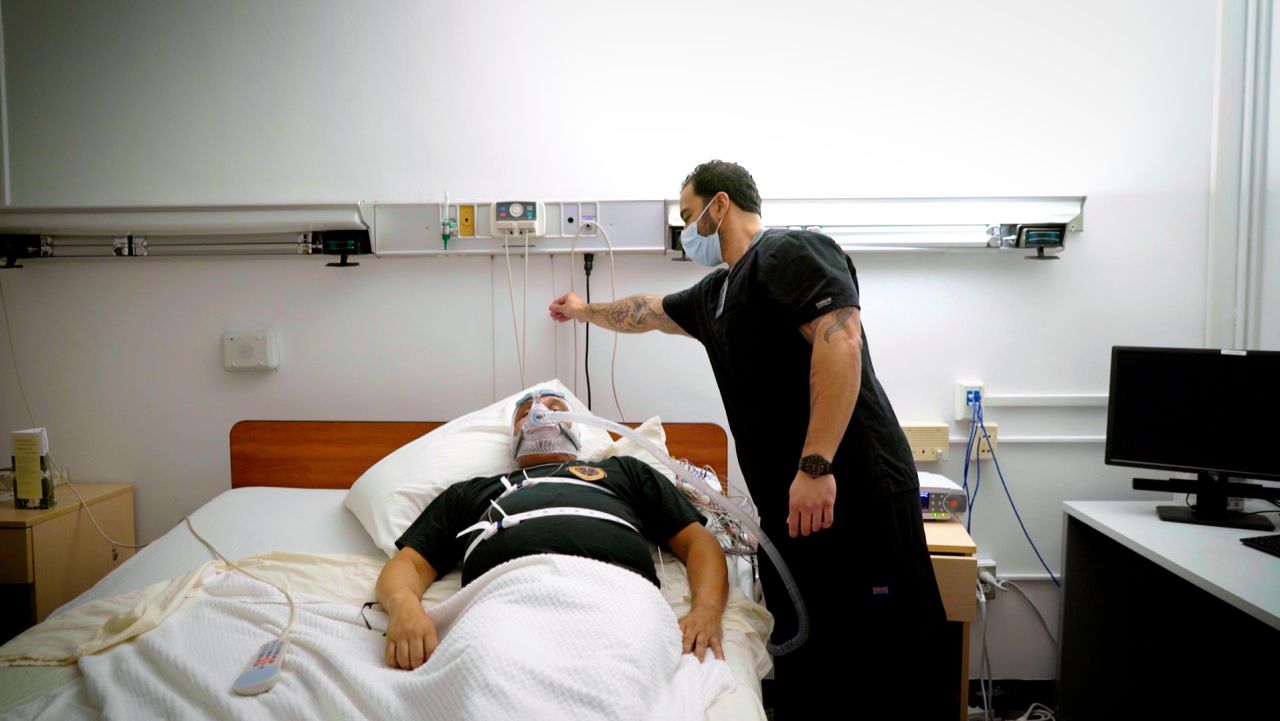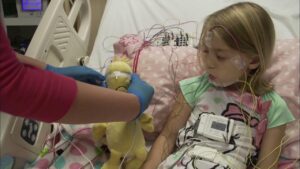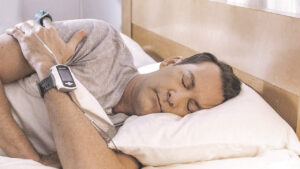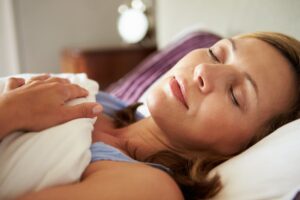
Introduction: When CPAP Isn’t the Right Fit
Sleep apnea is a sleep disorder where breathing repeatedly stops and starts during the night. These pauses reduce oxygen levels and can put strain on the heart, brain, and other organs. Left untreated, sleep apnea increases the risk of heart disease, stroke, high blood pressure, type 2 diabetes, and chronic fatigue.
See more: Comprehensive Sleep Testing in Perth: Steps to Better Sleep
The most common treatment for moderate to severe obstructive sleep apnea (OSA) is Continuous Positive Airway Pressure (CPAP) therapy. This involves wearing a mask connected to a machine that keeps the airway open with gentle air pressure. While CPAP is highly effective, not everyone can tolerate it. Some people find the mask uncomfortable, struggle with the sensation of forced air, or experience skin irritation.
The good news? CPAP isn’t the only option. There are several alternative treatments that can help manage sleep apnea effectively for those who can’t or don’t want to use CPAP.
Causes of Sleep Apnea
Before exploring alternatives, it’s important to understand why sleep apnea happens in the first place.
Obstructive Sleep Apnea (OSA)
This is the most common form, caused by the throat muscles relaxing too much during sleep. When this happens, the airway narrows or collapses, temporarily blocking airflow.
Key risk factors include:
- Excess weight – Fat deposits around the neck and upper airway can make it harder to keep the airway open.
- Anatomy – A naturally narrow airway, enlarged tonsils, or a small jaw can contribute.
- Age – Muscle tone in the airway decreases over time, making collapse more likely.
- Gender – Men are at higher risk, though post-menopausal women face an increased risk too.
- Family history – Inherited traits like airway structure can play a role.
Central Sleep Apnea (CSA)
In CSA, the brain doesn’t send proper signals to the breathing muscles. It’s often linked to heart or neurological conditions rather than airway blockages.
Lifestyle Triggers
Certain habits and health conditions can make sleep apnea worse:

- Drinking alcohol before bed (relaxes airway muscles)
- Smoking (causes inflammation and fluid retention in airway tissues)
- Sedative use (further relaxes muscles)
- Sleeping on the back (gravity makes airway collapse easier)
- Chronic nasal congestion (makes breathing harder)
Example:
Sam, 48, developed sleep apnea after gaining 30 pounds over several years. His habit of having a nightcap and sleeping on his back made things worse. Even after trying CPAP, he found the mask too uncomfortable and looked for other solutions.
Symptoms: The Obvious and the Overlooked
Recognizable Symptoms
- Loud, chronic snoring
- Breathing pauses during sleep (often noticed by a partner)
- Gasping or choking sounds at night
- Waking up feeling unrefreshed despite a full night’s sleep
- Daytime sleepiness and fatigue
Subtle or Less Obvious Symptoms
- Morning headaches
- Dry mouth or sore throat upon waking
- Difficulty concentrating or remembering things
- Irritability, mood swings, or depression
- Falling asleep easily in quiet moments (watching TV, reading, or during meetings)
These overlooked symptoms can delay diagnosis for years, especially if someone lives alone or doesn’t have anyone to notice nighttime breathing changes.
Alternative Treatment Options for Sleep Apnea
While CPAP remains the gold standard, there are other effective options for those who can’t tolerate it. The right choice depends on the severity of the apnea, the underlying cause, and personal preference.
1. Oral Appliance Therapy (OAT)
Dentist-fitted oral appliances work by repositioning the lower jaw and tongue to keep the airway open during sleep.
Advantages:
- Small, portable, and easy to travel with
- No need for electricity
- More comfortable for some people than CPAP
Limitations:
- Best suited for mild to moderate OSA
- May cause jaw discomfort or teeth movement over time
2. Positional Therapy
Some people have sleep apnea mainly when sleeping on their back (supine position). Positional therapy uses special pillows, belts, or wearable devices that encourage side sleeping.
Advantages:
- Simple and non-invasive
- Can significantly reduce apnea events in positional cases
Limitations:
- May not work for non-positional sleep apnea
- Requires consistent use to be effective
3. Weight Loss and Lifestyle Changes
For those who are overweight, losing even 10–15% of body weight can reduce the severity of sleep apnea.
Lifestyle changes that help:
- Avoid alcohol and sedatives before bed
- Quit smoking
- Adopt regular exercise to improve muscle tone and respiratory health
- Improve nasal breathing by treating allergies or sinus issues
4. Myofunctional Therapy
This involves targeted exercises for the tongue, throat, and facial muscles. Strengthening these muscles helps keep the airway open during sleep.
Example exercises include:
- Pressing the tongue to the roof of the mouth
- Swallowing exercises
- Controlled breathing techniques
Studies have shown these exercises can reduce apnea events, particularly in mild cases.
5. Surgery
When structural issues are the cause, surgery may be considered. Options include:
- Uvulopalatopharyngoplasty (UPPP) – Removes excess tissue from the throat
- Maxillomandibular advancement (MMA) – Moves the jaw forward to widen the airway
- Nasal surgery – Corrects blockages such as deviated septum
- Hypoglossal nerve stimulation – An implanted device that stimulates tongue muscles to prevent airway collapse
Surgery is typically reserved for those who have tried other options without success.
6. Expiratory Positive Airway Pressure (EPAP) Devices
EPAP devices are small, disposable valves placed over the nostrils. They create resistance when exhaling, which helps keep the airway open.
Advantages:
- Minimal equipment
- More comfortable for some than CPAP
Limitations:
- Not effective for everyone
- May take time to adjust to the sensation
7. Combination Therapy
Sometimes the best approach is to combine treatments — for example, using an oral appliance along with positional therapy and weight loss. This can be especially effective for people with multiple contributing factors.
Living Well with Sleep Apnea Without CPAP
Finding the right alternative to CPAP isn’t just about comfort — it’s about improving sleep quality, restoring energy, and protecting long-term health.
Example:
After struggling with CPAP for months, Laura switched to a custom oral appliance combined with nasal breathing exercises and side sleeping. Within weeks, her energy returned, her morning headaches vanished, and her partner noticed her snoring was almost gone.
Conclusion: Don’t Ignore the Signs
Sleep apnea is more than just snoring — it’s a serious health condition that can silently impact your heart, brain, and overall well-being. If CPAP doesn’t work for you, there are other effective treatments available.
The key is not to give up. Work closely with a sleep specialist to explore your options, try different solutions, and find the one that fits your needs.
The most important step is getting diagnosed and treated. Quality sleep is essential for a healthy life, and addressing sleep apnea can transform the way you feel, function, and live each day.



